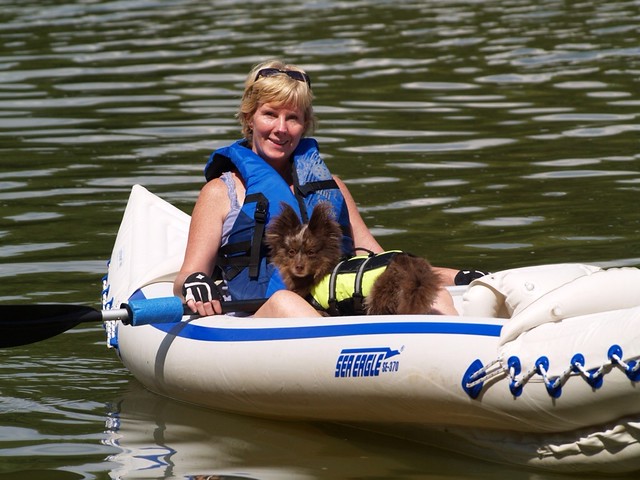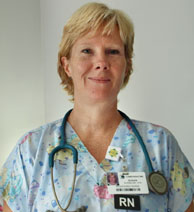
Pears in my back yard
A lot of people have small backyard gardens or herb gardens in pots.
It’s typically the case that you grow more than you can use of certain kinds of produce and of course no one grows everything they would like to eat.
Enter the Delaware Produce Exchange!
This absolutely free online resource is intended to help small farmers and backyard gardeners buy, sell and trade their excess produce, cuttings, seeds and whole plants.
For example, once my plants start producing I fully intend to list items and hope to find people interested in trading with me. Currently in my small back yard I am growing:
- four different kinds of apple trees
- two different kinds of peach trees
- two different kinds of pear trees
- an almond tree
- four different kinds of grape vines
- three different kinds of raspberry bushes
- two different kinds of blackberry bushes
- two different kinds of blueberry bushes
- four different kinds of strawberry bushes
- a lemon tree
- a fig tree
- spinach
- four different kinds of lettuce
- two different kinds of tomatoes
- green beans
- peas
- carrots
- aloe
- two different kinds of mint
- chives
- scallions
- an assortment of different herbs

Grapes in my back yard
As if all that weren’t enough, at her own house, my fiance is growing:
- two more different kinds of blueberry bushes
- a third kind of raspberry bush
- an orange tree
- a kiwi tree
- four different kinds of mint
- two different kinds of Swiss chard
- two different kinds of tomatoes
- aloe
- three different kinds of basil
- chives
- scallions
- an assortment of herbs
- an assortment of edible flowers
All of this stuff is organic and obviously it will be WAY more than our combined families can possibly eat.
Granted, some of the plants are still small. Some are immature and will yield only handfuls of fruit. (Of course that situation will change over time.) Even now though, there is just no way we can make use of it all.
With all this produce, you can see why we started the Produce Exchange. We will freeze some of what we grow. We’ll also eat some, dry some, can some and probably even sell some. We’d also love to trade some for other things we are not growing or that we won’t get enough of from our own plants.
So if you live in or around Delaware, check out the Produce Exchange. You can read postings as our guest but will need to register to write your own postings or respond to others. It’s absolutely 100% free and there is no obligation of any kind.
Come trade with us!



 What I do know is that it’s very green here. I couldn’t even begin to guess how many different varieties of trees grow within 100 miles of me. Surely it’s in the thousands. I have ten different kinds in my back yard alone. There are at least twenty more among the other yards on my block.
What I do know is that it’s very green here. I couldn’t even begin to guess how many different varieties of trees grow within 100 miles of me. Surely it’s in the thousands. I have ten different kinds in my back yard alone. There are at least twenty more among the other yards on my block.